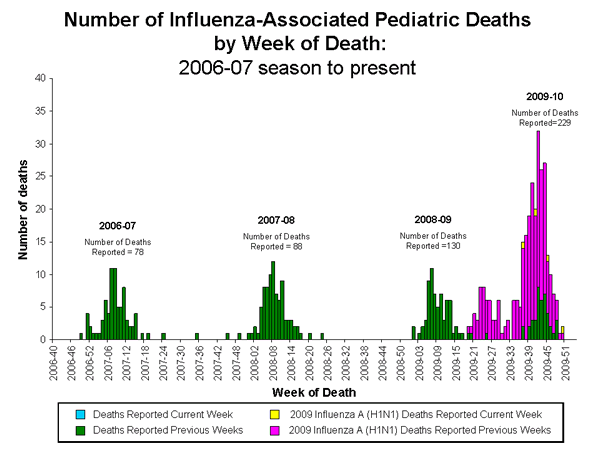
A few pieces of information are coming together now:
There was a rise in the number of severe swine flu cases during the holiday season, and
CDC recently broadened its recommendations for use of antiviral medications in suspected H1N1 influenza.
First of all, how does CDC come up with recommendations?
CDC collects data from local health departments who collect it from doctors and hospitals; it analyzes it and looks for factors that predict best outcomes. Which is excellent. But it takes a while.
Our office saw its 100th patient with H1N1 flu when the epidemic was less than a month old. We were quite aggressive with early diagnosis and early antiviral treatment from the beginning, and to us the flu appeared mild. Flu appeared more severe to physicians who followed more traditional approach — wait and treat only those who appear to be getting worse after a few days. In essence, we were reformulating our own guidelines with each piece of incoming data — with each patient we saw and with each update we read from CDC, NYC Health Department, and the media. And each update to our own, ongoing summary of experience confirmed the validity of our approach. Which is as it should be in the early stages of an epidemic that has not yet been properly analyzed by the appropriate agencies.
And, sadly, there is only one explanation for the uptick in flu severity without a corresponding uptick in its incidence during the holiday season: a significant reduction in patient access to medical care, whether patients are away from home, or because their physicians are on vacation. Which brings up to the one lamentable limitation in our services over the holidays: Yes, we were open on Christmas and New Year Day, as well as Saturdays and Sundays, in our main office; but, no, we could not follow our patients to their vacation destinations. Sigh. I am told Mexico was lovely this time of the year…
